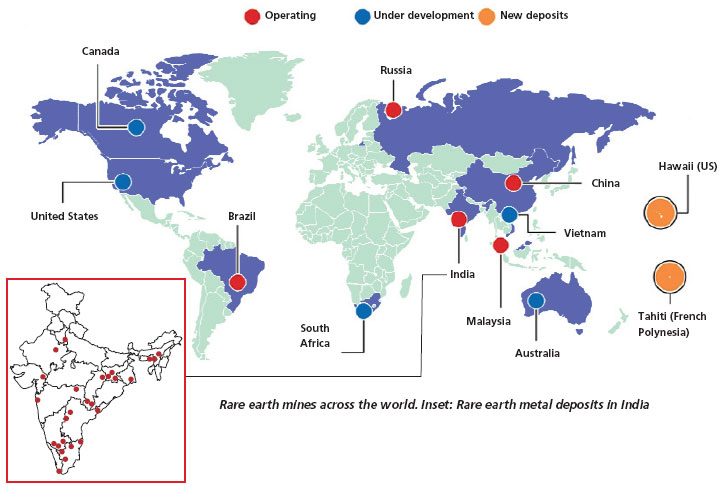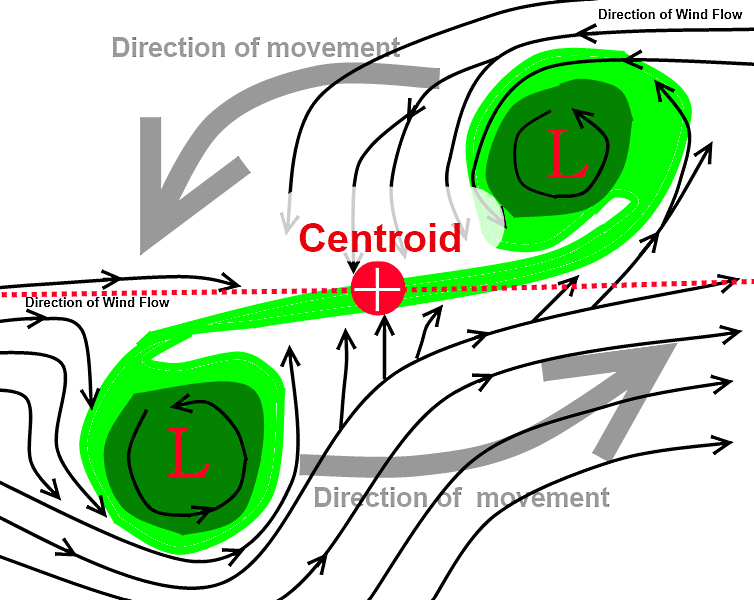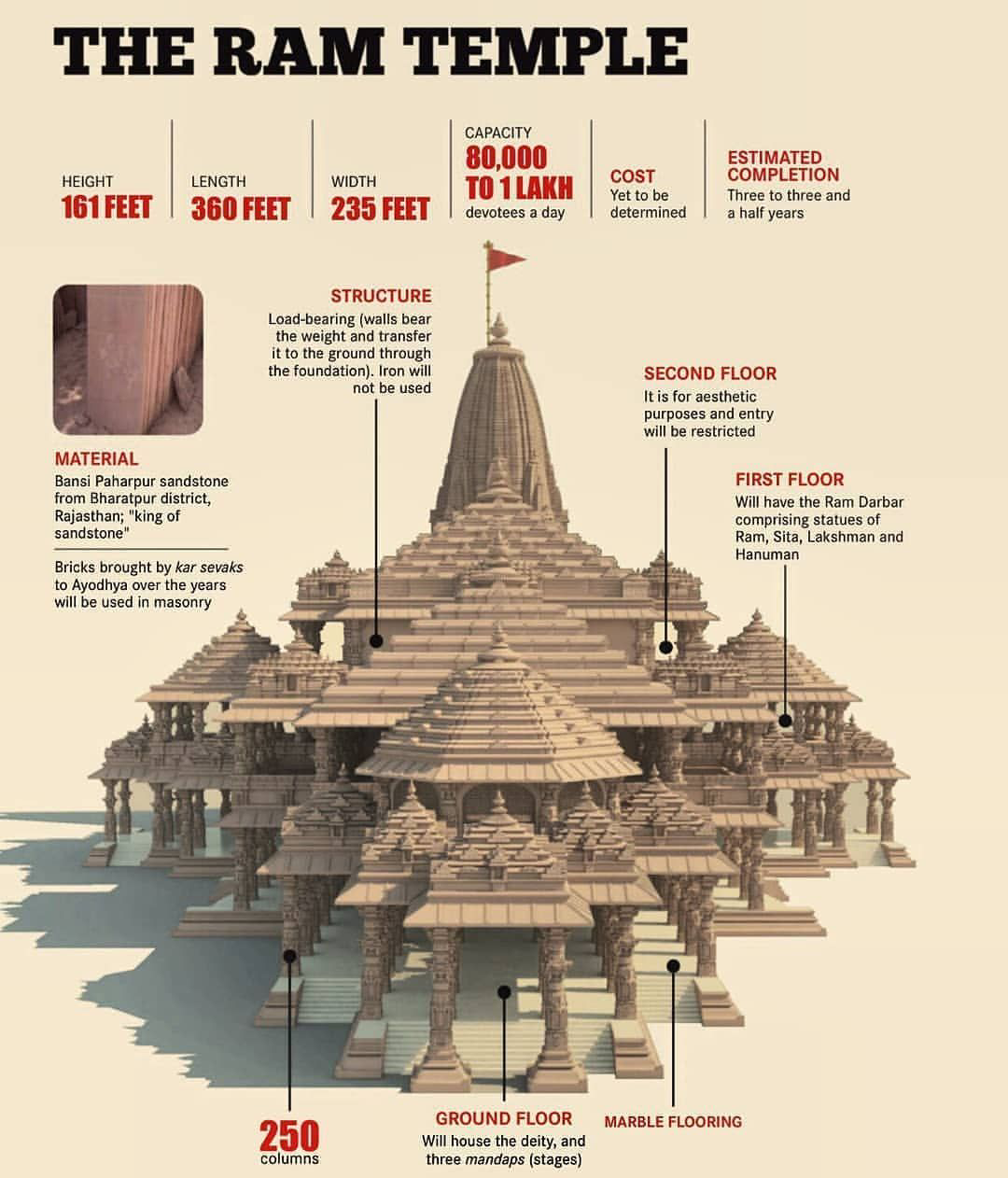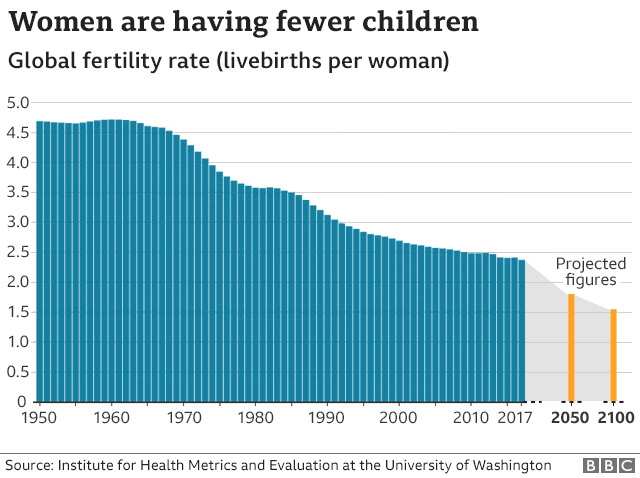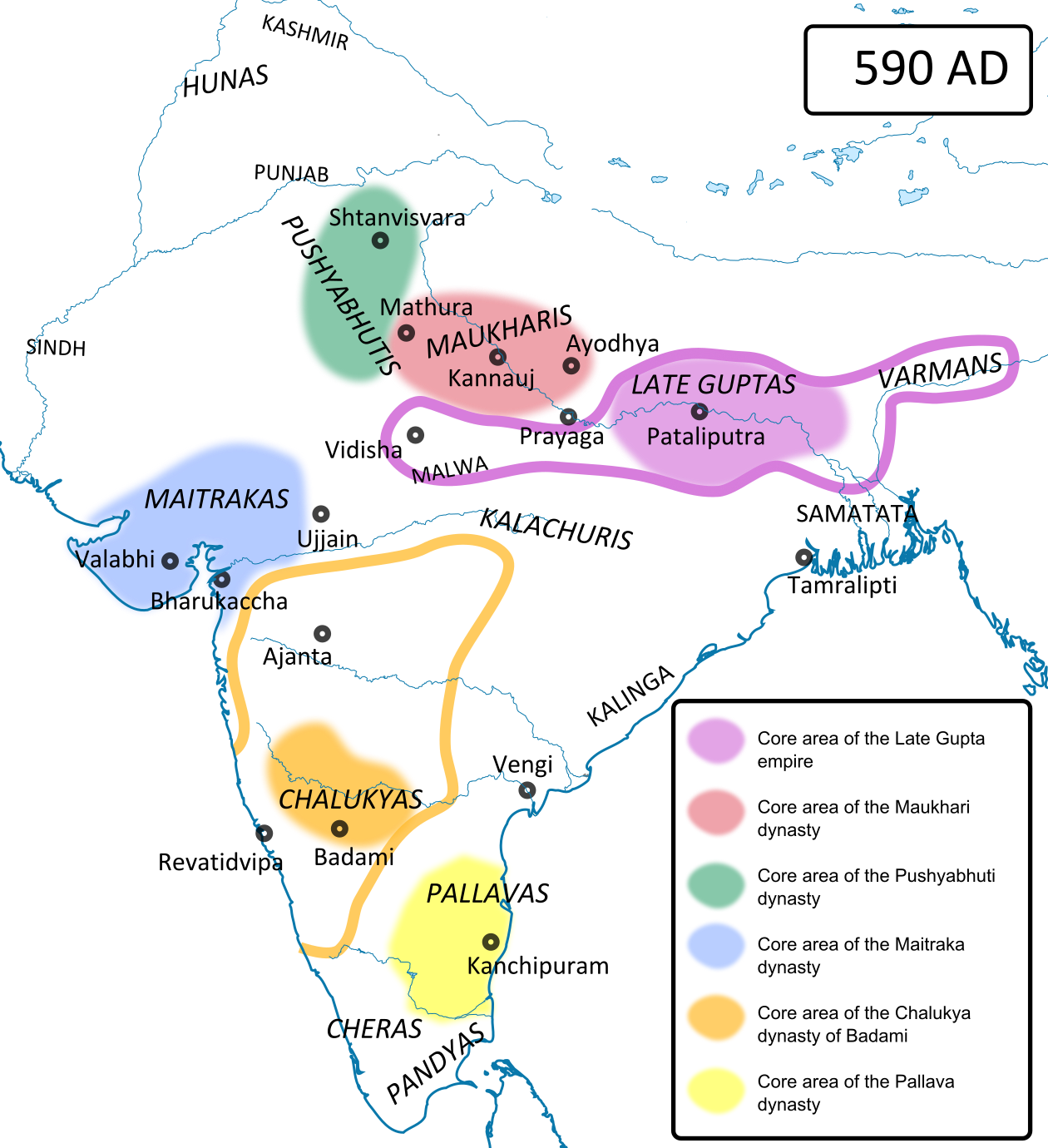
Pandavula Gutta | Ramgarh Crater
Subscribers of "Current Affairs" course can Download Daily Current Affairs in PDF/DOC
Subscribe to Never Miss an Important Update! Assured Discounts on New Products!
Must Join PMF IAS Telegram Channel & PMF IAS History Telegram Channel
- Context (TH | TOI): Pandavula Gutta, a geological marvel older than the Himalayan hills, has been officially recognised as the sole Geo-heritage site in Telangana.
Pandavula Gutta, Telangana
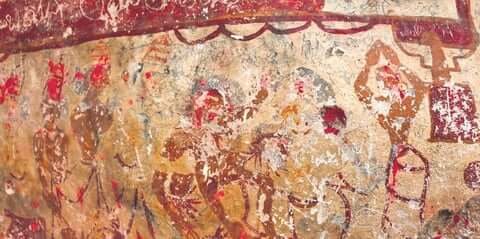
- Pandavula Gutta is a hillock located about 50 km away from Warangal city. It is older than Himalayas.
- It was first discovered in the year 1990. It is rich in terms of number of paintings, rock shelters and its habitation, right from the Mesolithic to medieval times.
- These cave paintings offer a rare glimpse into the prehistoric man’s rock art identified on walls and ceilings of caves, rock shelters and isolated boulders.
- The rock art paintings depict wildlife like Bison, Antelope, Tiger, and Leopard, etc.
- Other shapes like swastika symbol, circles and squares, weapons such as bows, arrows, sword and lancer and so on are present in these paintings.
- The paintings also feature geometrical designs and impressions in green, red, yellow and white pigment colours.
Ramgarh Crater, Rajasthan

- Ramgarh Crater has been named India’s first National Geo Heritage site by the Rajasthan Government.
- The structure is 165 million years old and 3.5km across and is a culturally significant and spiritual site with a 10th century temple.
- It has been declared a Conservation Reserve, namely Ramgarh Conservation Reserve under the Wildlife Protection Act, 1972.
- The Pushkar Talab complex, located inside the crater, is a source of both saline and alkaline water.
- Bhand Deva Temple is constructed on the meteor impact crater.
What are Geo-Heritage Sites?
- Geo-heritage refers to sites that offer insights into the evolution of the earth and can be used for research, reference, and awareness.
- These sites may have unique rock formations, fossils, or landscapes that are important for education, research, cultural significance, or visual appeal.
- The Geological Survey of India (GSI) declares geo-heritage sites/national geological monuments for protection and maintenance.
- Objectives:
- Promote geotourism.
- Preserve unique geological formations.
- Enhance geological literacy among the public.
Geological Survey of India
|




![PMF IAS Environment for UPSC 2022-23 [paperback] PMF IAS [Nov 30, 2021]…](https://pmfias.b-cdn.net/wp-content/uploads/2024/04/pmfiasenvironmentforupsc2022-23paperbackpmfiasnov302021.jpg)
